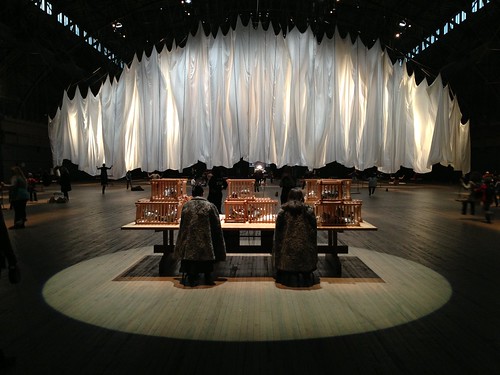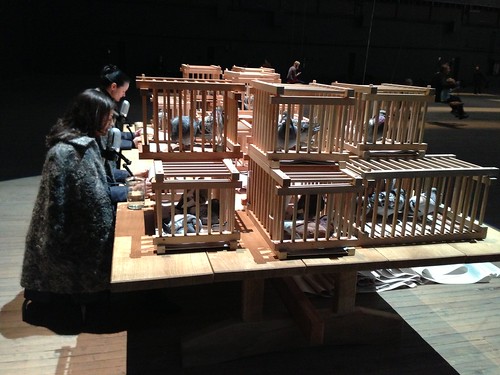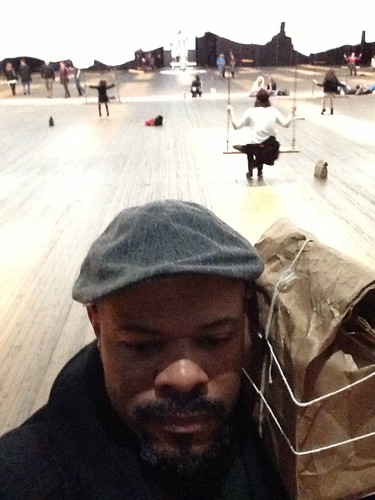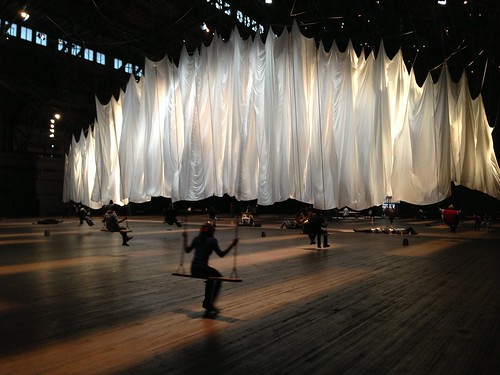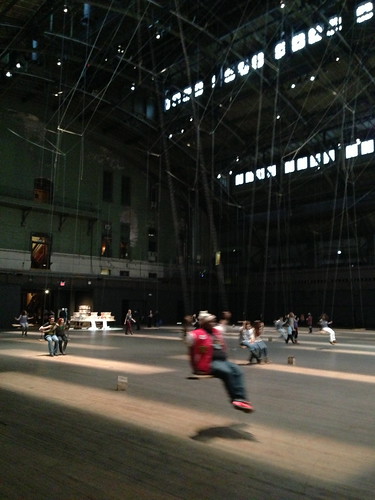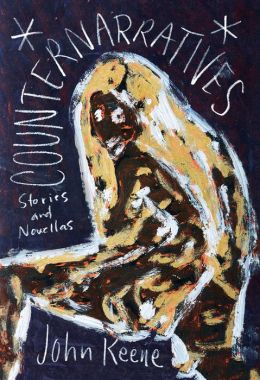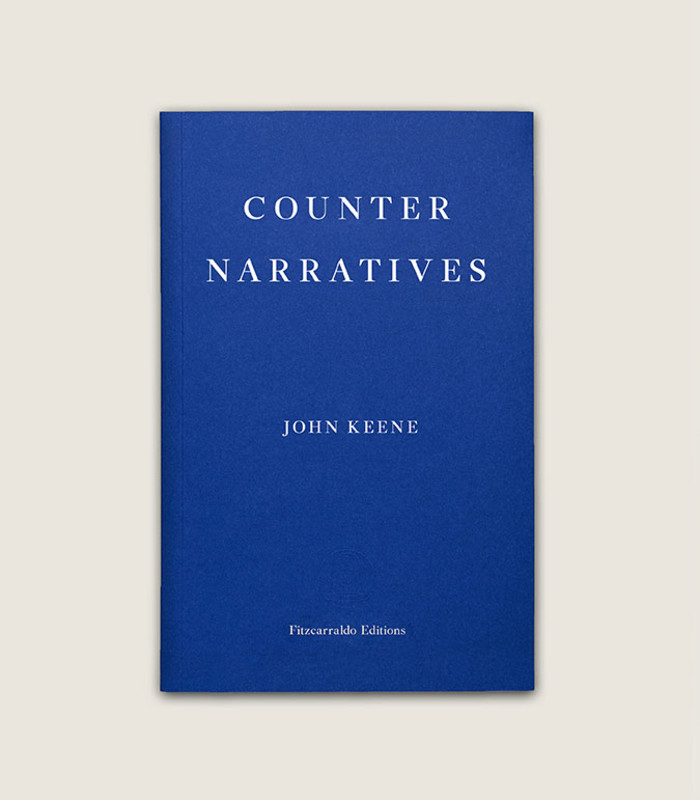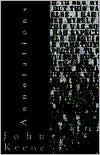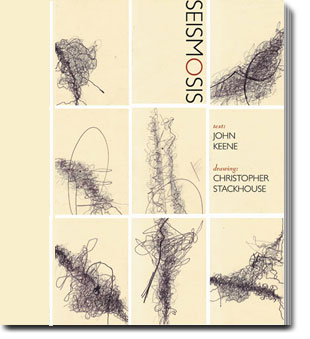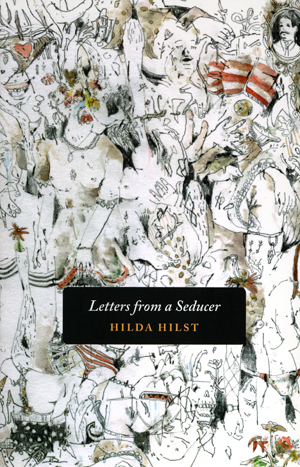Q: Earlier this year you selected films for a "Boring Masterpieces" series at Anthology [Film Archives]. A few of the 60 or so people that came for Andy Warhol's
Empire, stayed for its entire running time of 8 hours and 5 minutes. You were the cameraman for
Empire - what was the experience of making that film?
A: It was the spring of 1964. My loft was the Film-Maker's Cooperative office:
Film Culture [the magazine Mekas cofounded with his brother Adolfas in 1954) magazine office; and a hangout of underground film-makers, poets, people in transit. Bob Kaufman, Barbara Rubin, Christo, Salvador Dalí, Ginsberg, Leroi Jones, [Gregory] Corso, George Maciunas, Warhol, Jack Smith.... I slept under the editing table while the parties were going. A new issue of
Film Culture was out and I had asked John Palmer, a young film-maker, to help to carry bags full of magazines to the nearest post office, in the Empire State Building. As we were carrying our heavy loads, the Empire State Building was our Star of Bethlehem: it was always there, leading us...Suddenly we both had to stop to admire it. I don't remember who said it, John or myself, or both of us at the same time: "Isn't it great?" This is a perfect Andy Warhol movie!"
"Why don't you tell that to Andy," I said. Next day he calls me. "And is very excited about filming
Empire. Can you help us?"
So on Saturday, July 25th there we were, on the 41st floor of the Time-Life building. I set up the camera and framed the Empire State Building. Andy was there to check framing. The premiere of
Empire had to wait for almost a year. It was a very, very busy period of the Sixties, we kept doing new things, and we had no time to look at what we did yesterday. Ahead, ahead we moved!
***
In 1962 or '64, I met Andy on Second Avenue. I was going to a LaMonte Young concert. He said he would join me. LaMonte played one of those very, very long pieces, four or six hours-long variations on a single note. Andy sat through the entire piece. Andy was already doing serial pictures, repetitions of the same image. Stretching time. Jackson MacLow had already written his script/note about filming a tree for twenty-four hours. It was all in the air,
Empire. Andy was very up-to-date with what was happening in the arts. One could say that
Empire was his conversation with other avant-garde artists of his day, with minimalists, conceptualists, real-time artists and, at the same time, an aesthetic celebration of reality. As such, it will never date, it will always remain alive and unique.
--Copyright © Jonas Mekas, interviewed by Marianne Shaneen,
SFAQ: International Arts and Culture, Issue 11: Nov. Dec. Jan. 2012-13, pp. 52-53.
 |
| Jonas Mekas (l) and Andy Warhol (r) |



















